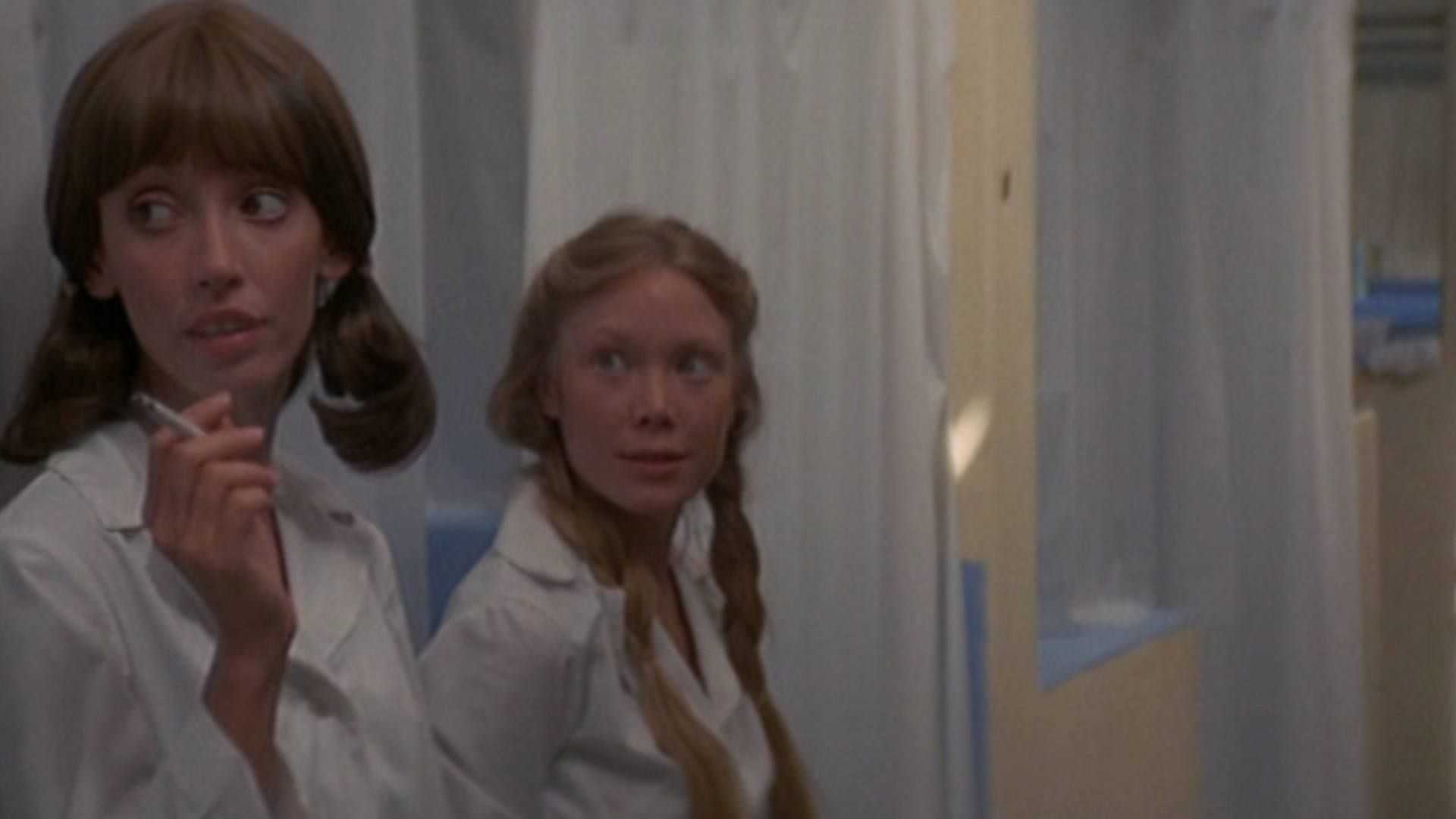Entertainment
The Enigmatic Career of Shelley Duvall: A Journey Through Film

Shelley Duvall‘s career in Hollywood is characterized by a sense of selectiveness that belies her true talent and charisma. She appeared in several hallmark films of the 1970s and 1980s, most notably in works by high-profile directors such as “Annie Hall,” “The Shining,” and “Nashville.” For many, she is a memorable presence in live-action children’s programming and as the driving force behind “Faerie Tale Theatre.” However, the breadth of her filmography might suggest more prolific output than actually exists, bolstered by her numerous collaborations with director Robert Altman.
In truth, Duvall’s work with Altman remains the cornerstone of her legacy in film. Her role in “The Shining,” a deviation from her Altman collaborations, often misconstrues her as having pursued a more mainstream acting trajectory than was accurate. During the first decade of her career, Duvall worked almost exclusively with Altman. Post that period, she appeared in occasional supporting roles, such as a notable turn in “Roxanne,” before her presence on screen diminished significantly. As a testament to her selective appearances, she had made just one feature film in the past two decades before her death.
Duvall met Altman on the set of “Brewster McCloud,” leading to her casting based on her unique presence rather than experience. In “Brewster McCloud,” Duvall portrayed Suzanne, standing out amidst the eccentric backdrop with her striking visual style, which became a hallmark of her roles with Altman. This dynamic continued in Altman’s revisionist westerns “McCabe & Mrs. Miller” and “Buffalo Bill And The Indians,” where Duvall shone amidst expansive ensembles, though her roles, like Ida Coyle and Mrs. Grover Cleveland, remained relatively minor in screen time.
Her involvement in “Nashville,” while not extensive, showcased Altman’s approach of allowing characters ensemble-driven privacy, avoiding major transformative arcs but capturing poignant offhand moments. In contrast, “Thieves Like Us” provided Duvall with the role of Keechie, marking one of her first substantial character studies, with her understated performance illuminating the film’s depiction of innocence and desolation.
Her collaboration continued in “3 Women,” where Duvall’s character Millie achieves an intriguing blend of aesthetic preparation and personal intrigue, highlighting Altman’s ability to frame his subjects with a mix of humor and fragility. Her work in “3 Women” resonates deeply, serving as perhaps her most intimate performance, replacing the whimsicality of earlier roles with a haunting delicacy.
Duvall’s performance in Kubrick’s “The Shining” is often contrasted with her participation in Altman’s movies, especially considering her later role in “Popeye,” aligning her with the character Olive Oyl in a film that amalgamates comic whimsy with experimental filmmaking.
Altman’s “Popeye,” an anomaly of sorts in both his and Duvall’s oeuvre, recaptured some of the quirky essence of their earlier collaborations, providing a surprising but fitting endpoint to her era as a leading lady. After “Popeye,” she transitioned to supporting roles, receding from the limelight of Hollywood but maintaining a lasting impact through her television work.
Shelley Duvall’s contributions to cinema were forever imprinted by her unique style and collaborations, most prominently with Altman. This enduring legacy ensures that despite her sparse filmography, her presence continues to captivate and engage audiences familiar with her distinctive charm.












